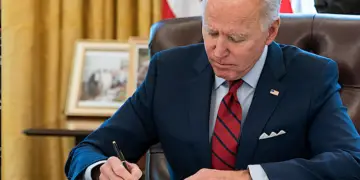A recent White House report deemed Connecticut’s roads and bridges as among the worst in the nation, but the state Department of Transportation says the report should not be mistaken as a safety assessment.
Kevin Nursick, a spokesman for the state DOT, said the report, which ranked the state first in poorest road conditions and fourth in the number of deficient and obsolete bridges, is an indication that Connecticut’s roads and bridges need more attention from the federal government ”“ not that the structures are dangerous.
“The whole funding process has federal and state-level components,” Nursick said. “The state has been increasing its participation in transportation programs for a number of years now, but the federal funding has stayed stagnant for the past five to 10 years. Understand that transportation infrastructure is stupendously expensive, and a huge portion ”“ about 80 to 90 percent ”“ of our projects are federally funded.”
Nursick said the “rideability” of the roads could be much smoother but that if the state DOT had to choose between using federal dollars on roads versus bridges, bridges would most likely take priority.
According to the DOT, the department owns and maintains 4,006 bridges in Connecticut, 1,037 of which are functionally obsolete and 335 of which are structurally deficient. The department said there are 1,290 bridges it does not own in the state, with 245 functionally obsolete and 171 structurally deficient.
Nursick said structurally deficient bridges are the more important category to address because they require maintenance, but the level of maintenance could vary. Functionally obsolete means new design guidelines have been instated after a bridge is built, but that doesn’t necessarily mean a functionally obsolete bridge is dangerous, he said.
“Every bridge over the Merritt Parkway is considered functionally obsolete because the overhead clearance is lower than what is now required,” Nursick said.
The White House report concluded that the data and research emphasize the need for Congress to ensure transportation programs continue to exist. According to the White House, President Barack Obama’s proposal for a four-year plan, introduced as the GROW AMERICA Act, aims to support long-term economically transformative projects through increased funding and streamlined approaches that encourage efficiency and innovation throughout the transportation system.
“The purpose of the study is to highlight what we all know: that there is more coming and more assistance needed on the federal level to fund infrastructure projects for an aging transportation network,” Nursick said. “Everybody has seen this train coming for years, and it’s not going away.”
















